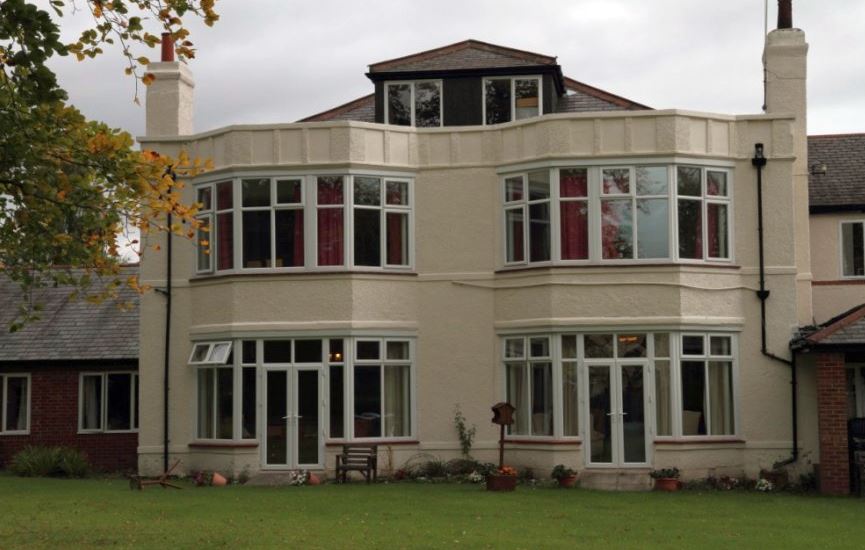With the number of over 85s in the UK forecast to more than double in the next 20 years, you would imagine that care home operators would be rubbing their hands with glee. Not so.
There are currently just over 20,000 care homes for the elderly in the UK, but despite the rapidly aging population, the stock of homes remains fairly static. This is because, although new homes continue to be built, many of which to the highest standards, similar numbers are being closed – mainly because they are losing money. In fact, according to research undertaken recently by the BBC, more than a quarter of care homes in the UK are in danger of going out of business within three years.
“The low level of profits make investment difficult for care home operators. It leaves a very small pot to encourage people to stay in this market and run care homes, and create the extra capacity we all know this market is going to need.” Nick Hood, Opus Business Services.
This seems almost impossible to imagine. With care home fees rising each year, usually by more than inflation, and in many cases, especially in the south of England now to over £1000 per week, surely operators are making money hand over fist. Again, not so.
The problem stems from the situation at many local authorities. They themselves own and operate care homes, but with increasing pressure on their own financial resources many have been forced into either closing, or selling homes, thus reducing the available stock of beds. Government data shows that there has been a steady increase in the number of care homes collapsing into insolvency, from just 5 in 2010 to 74 in 2015.
“The surge in insolvencies could worsen as the effects of local authority budgetary cuts finally take their toll.” Chris Stevens, FRP Advisory.
What many people outside the sector are unaware of is that local authorities place a great many people (who are unable to afford the fees charged by private operators) into privately owned homes, but at a much lower fee level. While this can be helpful for private operators, the fees negotiated by local authorities can be as little as £380 to £400 per week. It is this imbalance between actual fees and commercially viable levels that is causing so much difficulty for the private operators, whose options are either to reduce the number of ‘local authority’ beds or simply to close down if they are unable to increase the number of self-funding residents.
In the light of this, one has some sympathy with the operators, who also have the challenge of quite rightly paying a fairer (i.e. higher) wage to its nurses, carers and other staff.
The challenge for individuals who are looking for a care home for a relative, or even for themselves, is therefore only going to become more difficult.
Our experience at Care Home Finder is that, while we might be able to identify say 8 or 9 care homes in a location that on paper would be suitable for someone looking for a care home, only one or two might have vacancies – and the chances are that these one or two homes may not be up to scratch. This may mean having to look further afield to find the right home – but ultimately, almost certainly worth it in the long run.

